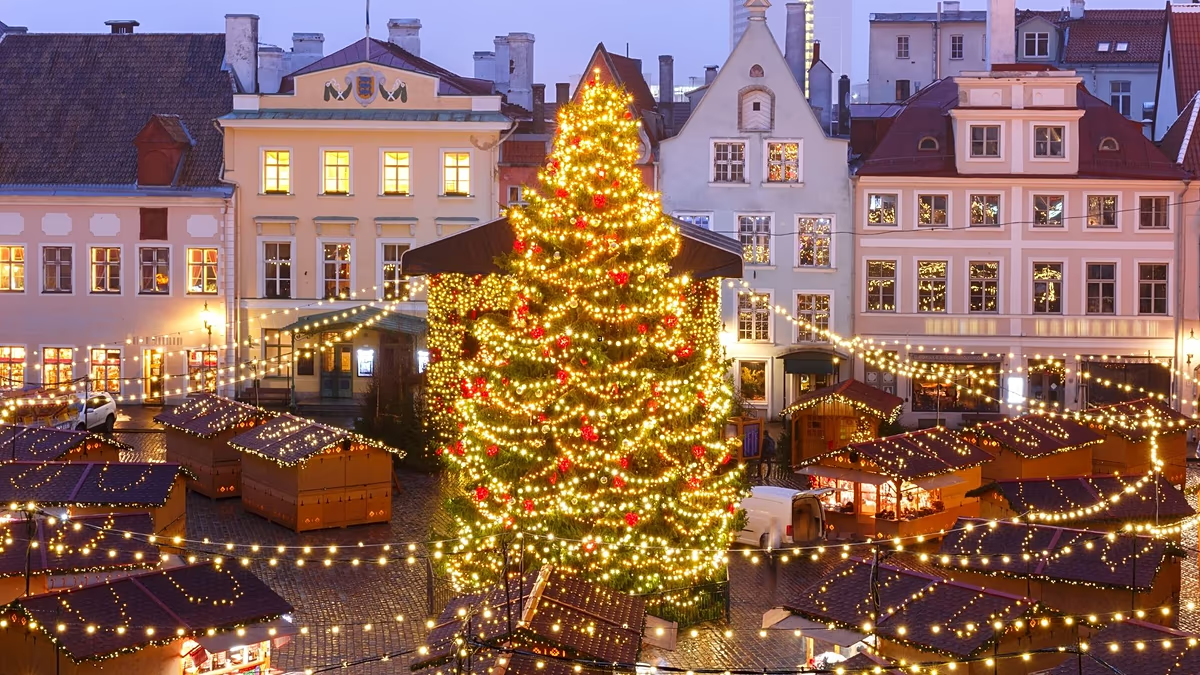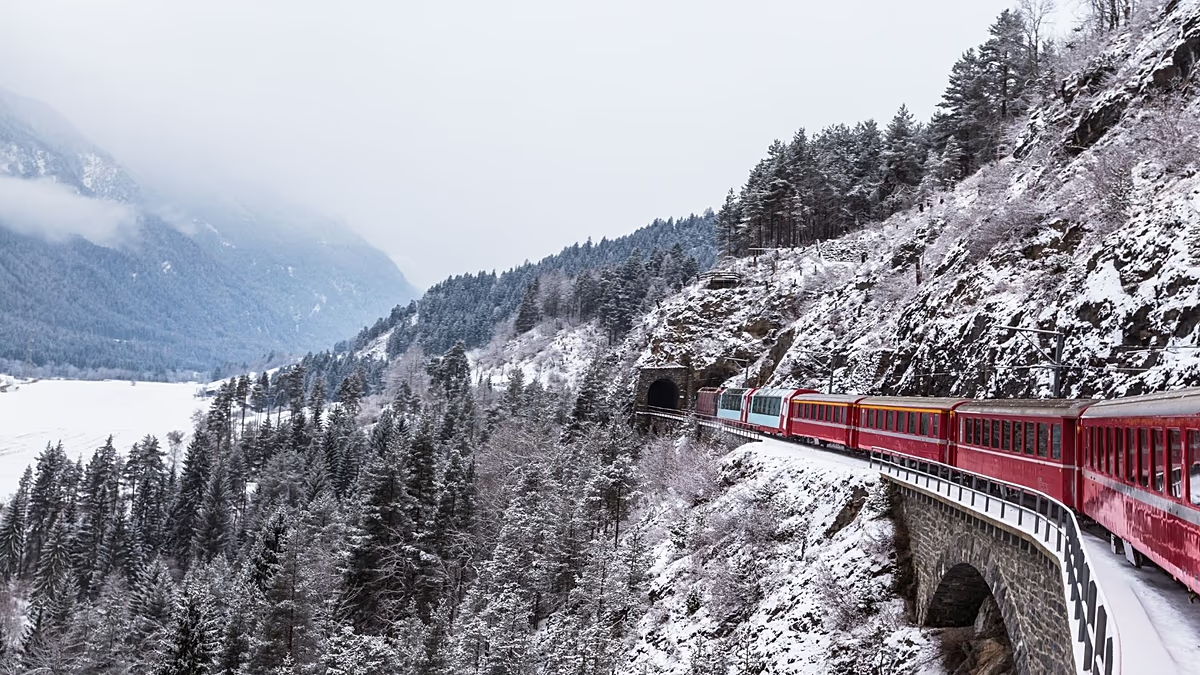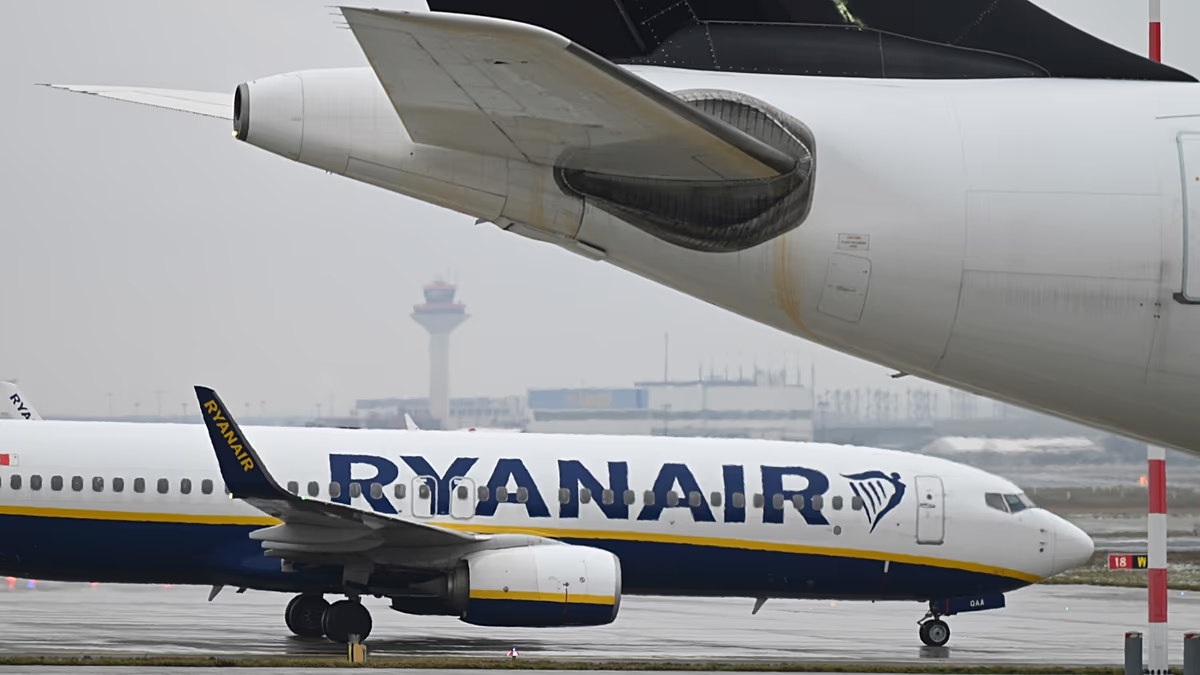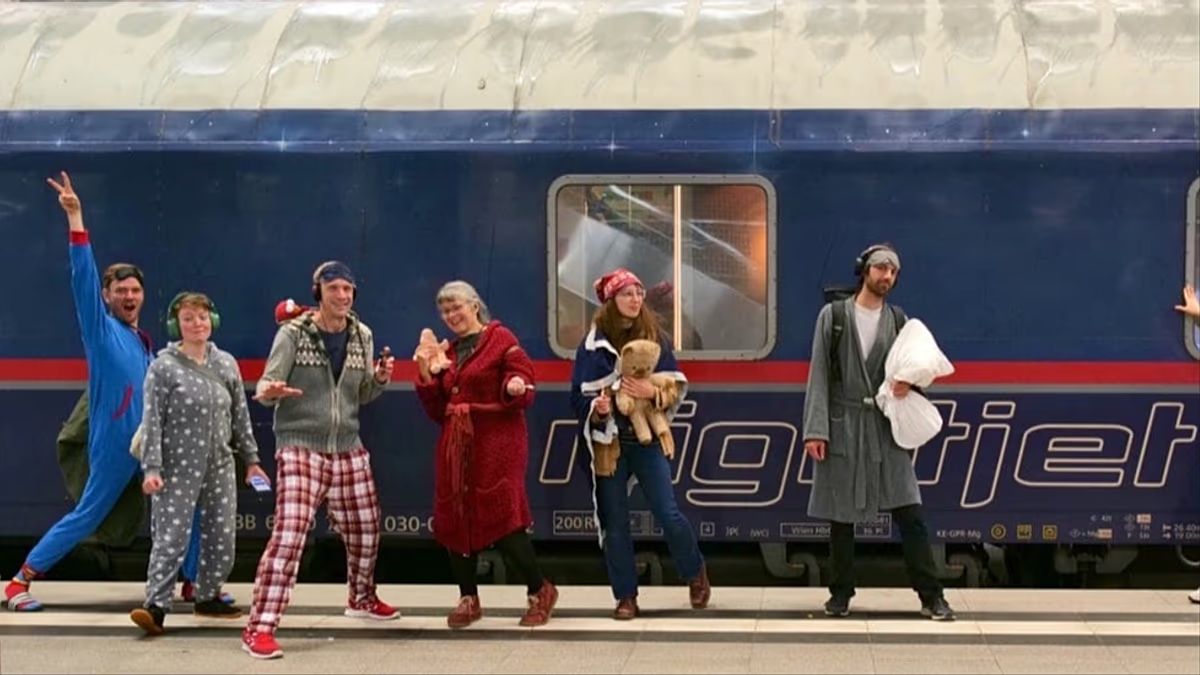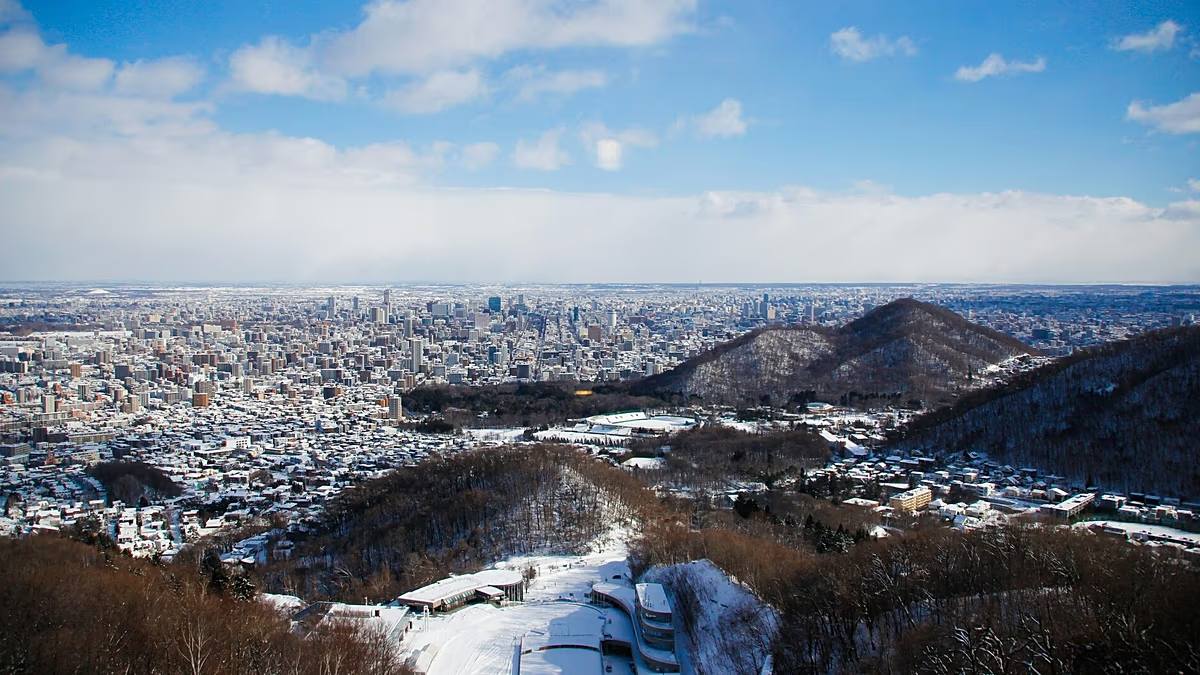The Magic of Europe’s Hidden Christmas Markets: A Holiday Journey Beyond the Usual
As the holiday season approaches, Europe’s enchanting Christmas markets are quickly filling up with eager visitors. While many travelers flock to the well-known destinations in Germany and Austria, a treasure trove of lesser-known markets across the continent offers equally magical experiences with fewer crowds. These hidden gems blend centuries-old traditions with modern festive touches, creating unforgettable holiday memories in some of Europe’s most charming settings. As Lucy Halfhead, head of editorial at photo curation app Popsa, beautifully puts it, “There’s something undeniably magical about Christmas in Europe. As the nights grow longer and frost glistens on cobblestones, cities across the continent transform into wonderlands of festive cheer.” From the aromatic scents of roasted chestnuts and spiced mulled wine to the melodious sounds of choir performances against Gothic backdrops, these markets embody the essence of European Christmas traditions while adding their own local flair.
Tallinn, Estonia offers a Christmas market experience steeped in medieval charm and historical significance. Running from November 21 to December 27 in the Town Hall Square of the Old Town, this market proudly claims to have displayed Europe’s first public Christmas tree in 1441—a tradition that continues today with a magnificent centerpiece tree. The setting itself is a winter wonderland, with pastel-colored merchant houses resembling frosted gingerbread creations and lantern-lit cobblestone lanes creating an atmosphere of nostalgic wonder. Visitors can browse handcrafted Estonian specialties including wooden toys, folk-patterned woollen mittens, and intricate wooden ornaments. The market delights all senses with traditional treats like piparkoogid (gingerbread) and verivorst (black pudding), best enjoyed with a warming cup of glögg (spiced mulled wine). Children can enjoy carousel rides and visits with Santa, while adults appreciate choir performances and folk dancing displays. For those seeking a more contemporary experience, the Tallinn Rooftop Market in the Telliskivi district offers stunning city views, sauna pop-ups, designer pods, and igloos serving Nordic cocktails—a perfect blend of tradition and modern holiday celebrations.
Romania’s Craiova Christmas market is rapidly gaining popularity, though it still remains somewhat undiscovered by international tourists. Running from November 14 to January 6, this expansive celebration spans four city locations, each offering a unique themed “Christmas world” including Santa’s Village, Beauty and the Beast, Galactic Christmas, and Traditional Romanian Christmas. The market sites include Mihai Viteazul Square, William Shakespeare Square, the Doljana Fountain area, and the Old Centre, creating a diverse Christmas experience throughout the city. The festivities feature numerous attractions including a Ferris wheel, ice skating rink, and stalls selling high-quality decorations and gifts. What makes Craiova particularly special are its thousands of lights and impressive flying Santa’s sleigh display that adds a touch of whimsy to the celebrations. Food lovers will delight in authentic Romanian specialties like sarmale (cabbage rolls), pickled vegetables, hearty pork dishes, and sweet chimney cakes—offering a taste of Romanian Christmas traditions that differ refreshingly from the more common Western European market fare.
Tucked away in eastern Tuscany, Arezzo’s Christmas market offers an unexpected blend of Italian charm and Alpine traditions. Set against the romantic backdrop of rural Italian architecture, this market transforms the medieval Piazza Grande into a festive wonderland from November 15 to December 28. Despite featuring an impressive 640,000 lights, Santa’s house, and a Ferris wheel with breathtaking views, it remains far less crowded than famous markets in Nuremberg or Vienna. What makes Arezzo unique is its fascinating cultural fusion—an Alpine-style market with Austrian and German influences set in the heart of Tuscany. This blending of traditions extends to the culinary offerings, where visitors can sample local Tuscan delicacies like roasted chestnuts and meats alongside Alpine cheeses, German strudel, and the theatrical Feuerzangenbowle (rum-soaked sugar set aflame and dripped into wine). The market’s stalls feature artisanal goods including hand-painted decorations and intricate wood carvings, while frequent light shows and concerts provide entertainment throughout the season. The Alpine chalet in the square offers a cozy retreat for visitors needing a moment of rest between explorations of this delightful cultural crossroads.
Slovakia’s capital offers a Christmas market experience that perfectly captures the essence of small-scale European festivities without the overwhelming crowds found in more famous destinations. From November 27 to January 6, Bratislava’s Christmas market occupies the Main Square and Hviezdoslavono Square in the Old Town, creating an intimate and authentic atmosphere. The market excels in showcasing traditional Slovak cuisine, including potato pancakes, roasted chestnuts, langosh flatbread, and the national dish Bryndzové halušky—potato dumplings with sheep cheese and bacon—all perfectly complemented by generous servings of mulled wine. Beyond culinary delights, visitors can enjoy ice skating at Hviezdoslavovo Square while browsing stalls filled with seasonal decorations and handcrafted souvenirs that reflect local traditions. For those seeking an even more unique experience, the separate medieval-themed Christmas market on the Bratislava Castle grounds transports visitors back in time with period-appropriate stalls, a children’s carousel, and artisanal products created using traditional methods. This dual market approach allows Bratislava to honor both its medieval heritage and its contemporary Slovak identity, creating a multifaceted Christmas experience in a city that deserves far more attention from holiday travelers.
While Berlin is renowned for its numerous Christmas markets, the city’s vegan Christmas market at Fehrbelliner Platz represents the evolving nature of holiday traditions in Europe. Now in just its second year, this forward-thinking market features over 60 stalls dedicated to plant-based festive fare—proving that traditional Christmas celebrations can adapt to modern ethical considerations without losing their charm. Visitors can indulge in creative meat-free alternatives to holiday classics, including vegan “pigs in blankets,” nut roasts, plant-based sausages, Kartoffelpuffer (potato pancakes), and vegetable-filled wellingtons. The market maintains traditional elements like Glühwein (mulled wine) while focusing on ethically produced and sourced gifts including candles, crafts, and sustainable products. What truly sets this market apart is its contemporary atmosphere, often featuring live DJs that create a unique club-meets-Christmas vibe particularly appealing to younger holidaymakers. The market also offers workshops focused on sustainability, perfect for those wanting to celebrate the season while minimizing their environmental impact. Though exact dates for this year haven’t been announced, it typically runs from late November through December and has already been confirmed for the 2025 season—suggesting this innovative take on Christmas traditions is becoming a permanent fixture in Berlin’s holiday landscape and potentially representing the future direction of European Christmas markets as they balance cherished traditions with evolving values.





